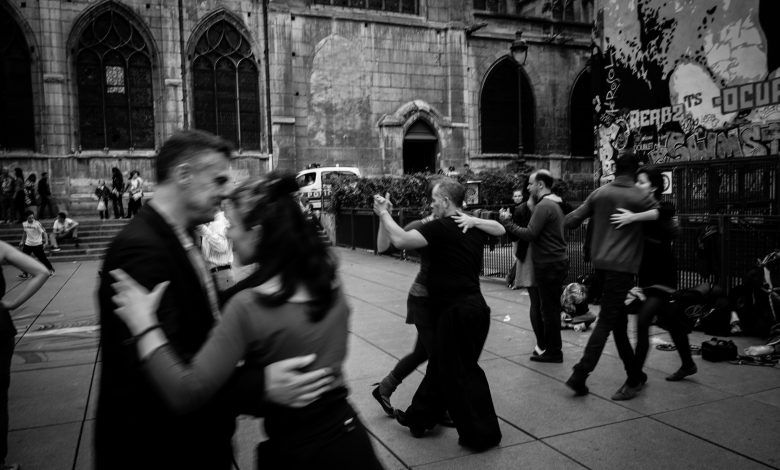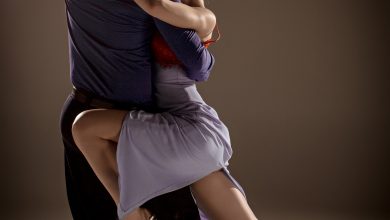The Baldosa Box

The Baldosa Box, or simply Baldosa, is a 6-step figure that is taught as one of the introductory tango figures. The Spanish term “baldosa” means “floor tile”, so the assumption is that the figure got is name because its rectangular pattern looks like the shape of a floor tile.
The Baldosa is an essential element of the milonga style of argentine tango dancing and has many variations. For example, in the milonga style one steps either on every beat or steps double-time. The Baldosa is also used in tango and vals, although not as often.
There are some terrific videos that demonstrate the Baldosa:
Baldosa for Beginners
Lets start with some introductory Baldosa Box videos for beginners.
First a video by Christy Coté and George García:
The video describes the leader’s steps, in particular noting step 3 outside and then step 4 back in front of the follower. The weight change at the end of step 6 is shown with a small lift and shift onto the other foot.
Now a Baldosa Tango Lesson by Tony Dainotti.
The video shows the Baldosa in tango style with a slow close.
The website taste4tango.net provides some helpful foot position diagrams (https://taste4tango.net/en/tango-baldosa.php)
The author expresses concern about the risk of starting a move with a back step and shows how the Baldosa can without difficulty start with a side step. The video shows two variations of the pattern:
Intermediate and Advanced Baldosa
Lets move onto Intermediate and Advanced Baldosa Box steps with some variations.
First a video by Clint Rauscher and Shelly Brooks as part of their Tangology 101 videos:
The video covers the basic baldosa danced in the milonga style and then shows many other milonga moves, often as a variation on the baldosa. Most of these variations are at an intermediate or even advanced level.
Now lets take a look at a video showing the Milonga Box with Traspié performed at the Los Angeles Tango Academy.
The video begins with the basic baldosa box and then continues with many other intermediate and advanced level milonga patterns.



